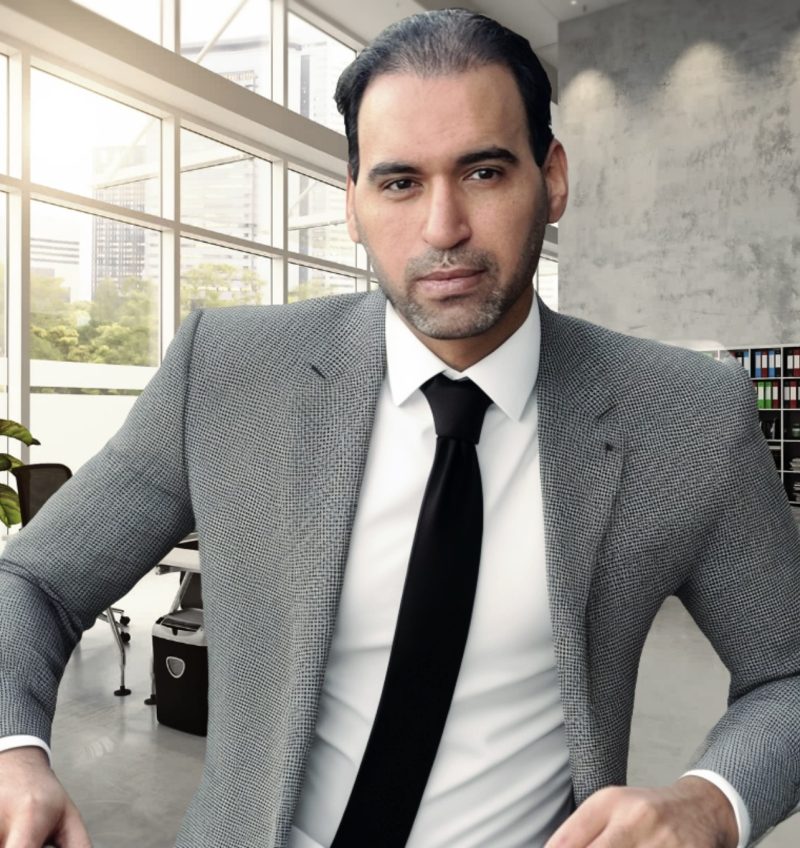Last Updated on: 23rd December 2024, 02:59 pm
Dr Mohamed Lotfy Hamed has achieved a landmark in the field of cosmetic surgery by successfully conducting the world’s first clinical procedure involving 3D-printed, personalised breast implants. Unlike previous innovations restricted to experimental or trial-based contexts, this breakthrough highlights the potential for real-world, patient-centred applications.
The findings were recently published in Plastic and Reconstructive Surgery Global Open, the open-access journal of the American Society of Plastic Surgeons (ASPS). The paper details an innovative approach to breast augmentation that blends advanced science with individualised artistry. Dr Hamed, serving as both the innovating scientist and operating surgeon, spearheaded the process from concept to clinical delivery, designing bespoke implants to align perfectly with the body.
“These implants are not just a technological advancement—they are a step toward redefining what’s possible in future plastic surgery,” said Dr Hamed. “Bringing this innovation from the lab to the operating room required not only scientific ingenuity but also surgical precision, and I am honoured to have played both roles in this breakthrough.”
Constructed from ultra-lightweight, biocompatible materials, the implants weigh only 33 grams—a significant reduction compared to traditional silicone implants, which can weigh over ten times as much. This design minimises stress on the body while encouraging tissue regeneration and vascularisation. The custom implants were developed using cutting-edge technologies such as artificial intelligence, 3D printing, and plasma surface treatments, ensuring a structure that mimics natural breast tissue.
The pioneering procedure was performed on a 28-year-old yoga instructor who sought a safer, more natural alternative to conventional implants due to concerns about their compatibility with her active lifestyle. Eight months post-surgery, the results demonstrated excellent tissue integration, no complications, and a highly satisfactory aesthetic outcome.
“This isn’t just a new type of implant—it’s a new horizon of plastic surgery,” Dr Hamed explained. “By eliminating risks like capsule formation and ensuring the implants work harmoniously with the body, not against it, we’ve opened the door to safer, more personalised plastic surgery solutions.”
Dr Hamed stressed that while the innovation is a major step forward, additional long-term studies are essential to assess its wider applicability. Nonetheless, the successful application in a real clinical setting—not restricted to regulatory trials—sets the stage for a transformative future in personalised plastic surgery.









